In the context we often encounter small bathrooms and cramped areas which are quite prevalent these days. The corner toilet emerges as a solution to this spatial challenge by fitting snugly into corners and maximizing space efficiency. These toilets prove to be choices, for compact rooms or powder rooms typically found in homes today.
The corner toilet represents one solution for maximizing small bathroom space but it stands as only one possible approach. Compact toilets serve as an outstanding alternative to corner toilets for people who want space-saving functionality without sacrificing style.
Are you searching for a yet functional option for your bathroom needs? Take a look at the space saving compact toilets, from HOROW. HOROW offers toilet designs that not only enhance the aesthetics but also optimize space utilization effectively. Discover how HOROWs innovative designs can transform your bathroom into an appealing space.
What Is a Corner Toilet?
A corner toilet is designed to fit into a 90-degree corner of your bathroom, rather than sitting flat against a wall. This space-saving design can open up the room, creating more usable floor space and potentially making your bathroom feel less cramped.
In a bathroom setup where space is limited and you want to maximize every inch to you while still maintaining functionality and style. A corner toilet comes into play as the perfect solution! It features a designed triangular tank that seamlessly fits into the corner of the room without occupying unnecessary floor space.
Corner toilets are advantageous for areas such, as powder rooms or small apartments as they require less space compared to standard toilets and can add a touch of elegance to tiny bathrooms while saving space.
Corner toilets are a way to utilize underutilized space commonly found in bathrooms. They work great for compact bathroom makeovers or fresh layouts. They blend fashion with functionality seamlessly by fitting, in cramped areas while still being user friendly.

Are Corner Toilets a Good Idea?
When it comes to designing or renovating a bathroom, space is often one of the biggest challenges—especially in smaller homes or apartments. If you’re struggling with limited square footage, you might have come across the idea of installing a corner toilet. But are corner toilets really a good idea? Let’s explore the pros and cons to help you decide if it’s the right choice for your bathroom.
Advantages of Corner Toilets
1. Space Efficiency
The main benefit of a corner toilet is its ability to save space. By tucking the toilet into a corner, you free up more central floor area. This is ideal for small bathrooms, powder rooms, or guest bathrooms where every inch counts.
2. Better Layout Flexibility
Because corner toilets don’t require a full wall for installation, they give you more flexibility in arranging other fixtures like sinks, showers, or storage units.
3. Unique Design Element
Corner toilets can add a unique, modern touch to your bathroom. They’re less common, so if you want your bathroom to stand out or have a contemporary feel, a corner toilet could be a stylish choice.
Potential Drawbacks of Corner Toilets
1. Comfort and Accessibility
Some users find corner toilets less comfortable because the seating position may feel more confined or angled awkwardly. Accessibility might also be an issue for people with mobility challenges.
2. Installation Complexity
Installing a corner toilet can be trickier than a standard one because plumbing must be adjusted to fit into the corner space. This might lead to higher installation costs or require professional help.
3. Limited Model Options
Compared to traditional toilets, corner toilets come in fewer styles and models. This can limit your choices when it comes to features, colors, or price ranges.
What is the difference between a corner toilet and a standard toilet?
The primary difference between a corner toilet and a standard toilet lies in their design and how they fit into the bathroom space. Traditional toilets are designed to be installed along a flat wall, typically extending about 25 to 31 inches from the wall into the room. The exact measurement depends on the style of the toilet bowl—whether it’s a round bowl or an elongated one—with elongated bowls generally being longer.
In contrast, corner toilets are specifically engineered to fit snugly into a 90-degree corner of the bathroom, rather than against a flat wall. Because of this, they take up significantly less floor space, typically extending only about 17 inches from the corner point. This unique shape allows them to occupy an area that would otherwise be difficult to use effectively.
Aside from the difference in dimensions and placement, corner toilets also often have different plumbing configurations to accommodate their position, which can impact installation. Additionally, the shape of the bowl and tank in corner toilets tends to be more compact or angled compared to standard toilets, making them a practical choice for bathrooms where maximizing space is critical.
In summary, while traditional toilets prioritize comfort and familiarity with a more conventional layout, corner toilets focus on saving space by fitting into corners, offering an innovative solution for small or uniquely shaped bathrooms.

How to Measure a Corner Toilet Rough-in
Measuring the rough-in for a corner toilet is slightly more involved than for a standard toilet, but it’s nothing you can’t handle! Follow these simple steps to get the precise measurements needed for a hassle-free installation:
-
Find the Floor Bolts
Start by locating where the toilet is anchored to the floor. Look for two bolts (often hidden under plastic caps) at the base of the toilet—these show you where the toilet connects to the drain below. -
Estimate the Center of the Flange
Since the toilet flange (the drainpipe) is directly beneath the toilet and not visible, you’ll estimate its center by using the midpoint between the two floor bolts. That’s where the flange is located. -
Mark the Centerpoint for Measuring
Use a piece of painter’s tape or a sticky note to mark this centerpoint on the toilet base. This will help guide your measurements and ensure accuracy. -
Measure Perpendicularly from the Flange to the Walls
Unlike a standard rough-in, where you measure straight back from the wall, a corner toilet rough-in is measured at a 90-degree angle from the flange to each adjacent wall. Use a framing square or measuring square to keep your angles precise. -
Determine the Rough-in Size
The point where your two perpendicular measurements intersect represents the exact center of the flange. This tells you how far the flange is from each wall—your corner toilet rough-in size.
How to Install a Corner Toilet?
Setting up a corner toilet can help maximize space in bathrooms effectively. To begin with the installation process smoothly and efficiently in mind is to have a prepared list of essential tools and materials handy; a wax ring for sealing purposes; bolts for secure attachment; a wrench for tightening; a hacksaw for precise cutting if needed; a level to ensure proper alignment; and a measuring tape, for accuracy. Ensuring that these items are readily available will significantly simplify the installation process. Make it more manageable overall.
The initial task involves installing the toilet flange to ensure a proper flush mechanism is, in place. Ensure the flange is positioned evenly and securely fastened to prevent leaks or improper flushing of the toilet.
Next step is to position the toilet bowl, over the flange and ensure it is levelled correctly before securing it to the floor using bolts; be careful not to tighten them much as it can affect the toilets stability in the long run.
After ensuring that the toilet is properly installed and connected to the water supply and testing the function for proper operation if everything is set up correctly the corner mounted toilet should function effectively and efficiently while also saving space and providing a sleek modern appearance.

Replacing Toilet Components During Installation
When setting up a toilet in place in a bathroom space we commonly come across the need to swap out certain components, such, as flappers or fill valves and even the wax rings that tend to deteriorate over time. Detecting these worn out parts ahead of time could help avoid issues down the line.
When you're swapping out toilet components it's essential to understand some installation pointers. For example correctly positioning the wax ring is crucial, to ensuring a seal, which can prevent leaks in your bathroom.
Ensuring leaks don't occur goes beyond proper installation procedures; conducting routine inspections and replacements such as ensuring the flapper is sealing properly also play a crucial role, in maintaining your toilets longevity and preventing typical problems.
When setting up a toilet at home or anywhere else for that matter Remember to keep these steps in mind It's crucial to know the time and method, for replacing important components to ensure a successful installation without any pesky leaks.
Who Should Consider a Corner Toilet?
A corner toilet is a smart solution for anyone looking to make the most of limited bathroom space. If your bathroom is very small, unusually shaped, or part of a renovation where space optimization is a top priority, then a corner toilet is definitely worth considering. These toilets are especially ideal for:
Powder rooms or half-baths, where space is often limited and functionality is more important than luxury.
Guest bathrooms, where occasional use means you don’t need extra features like bidet seats or large tanks.
Basement bathrooms or secondary restrooms, where compact design can help work around tight plumbing layouts or structural limitations.
Tiny homes, apartments, or RV bathrooms, where every inch of floor space counts.
Corner toilets allow you to utilize an unused corner of the room, freeing up space for other fixtures like vanities, storage cabinets, or simply providing more room to move around comfortably.
However, if your primary concern is maximum comfort, accessibility, or extended use, such as in a master bathroom, you may prefer a traditional toilet. Standard toilets often offer more seat and tank options, better placement flexibility, and easier access—especially important for people with mobility issues or families with young children.
In short, a corner toilet is best for compact spaces where saving room matters most, but may not be the best choice for those who prioritize extra comfort or luxury features.
FAQ
1. What is a Corner Toilet?
A corner toilet is a type of toilet specifically designed to fit into the corner of a bathroom. Unlike standard toilets that have a flat back and are mounted against a straight wall, corner toilets feature a triangular-shaped tank that allows them to nest neatly into a 90-degree corner.
This unique design helps save space, making corner toilets an ideal choice for small bathrooms, powder rooms, half baths and bathrooms with unusual layouts.
Despite their space-saving form, corner toilets function just like regular toilets. They come in a variety of styles and flushing systems, including dual-flush options and elongated or round bowls, providing both efficiency and comfort.
If you're remodeling a compact bathroom and need a clever way to free up floor space while still maintaining a stylish look, a corner toilet could be the perfect fit.
2. Are corner toilets a good idea for small bathrooms?
Yes, corner toilets are an excellent solution for small or awkwardly shaped bathrooms. Their unique design allows them to be installed snugly into a corner, which helps maximize every inch of available space. Unlike standard toilets that typically extend straight out from the wall, a corner toilet utilizes an often underused part of the room, making the overall layout more efficient.
This space-saving benefit can be especially helpful in powder rooms, guest bathrooms, or apartment bathrooms where square footage is limited. By opening up the center of the room, corner toilets make the space feel less cramped and more comfortable to move around in.
3. Does a corner toilet take up less space?
Yes, corner toilets are specifically designed to save space. By fitting neatly into the corner of a bathroom, they free up valuable floor area—making them an excellent choice for small bathrooms, powder rooms, and ensuites. Their compact design doesn’t sacrifice style either; corner toilets can complement both modern and traditional interiors, offering a practical and versatile solution for tight spaces.
4. What benefits does a corner toilet offer?
Corner toilets are a choice for maximizing space efficiency and adding a modern touch to your bathroom design while fitting perfectly into narrow layouts—a perfect solution, for small bathrooms and tight spaces.
5. How can I go about setting up a corner toilet in my bathroom?
To set up a corner toilet correctly; gather your tools first and foremost; position the flange accurately; align it properly; then secure it in place securely to avoid leaks and guarantee its longevity.
6. How can I determine the rough in measurements, for installing a corner toilet?
Make sure to measure from the wall to the center of the toilets drain to ensure a good fit and prevent any plumbing issues.
7. Which parts should be swapped out when setting up a corner toilet?
During the installation process of a toilet system it is advisable to replace flappers well as fill valves and wax rings as this ensures the optimal functioning of the toilet and prevents any leaks from occurring.

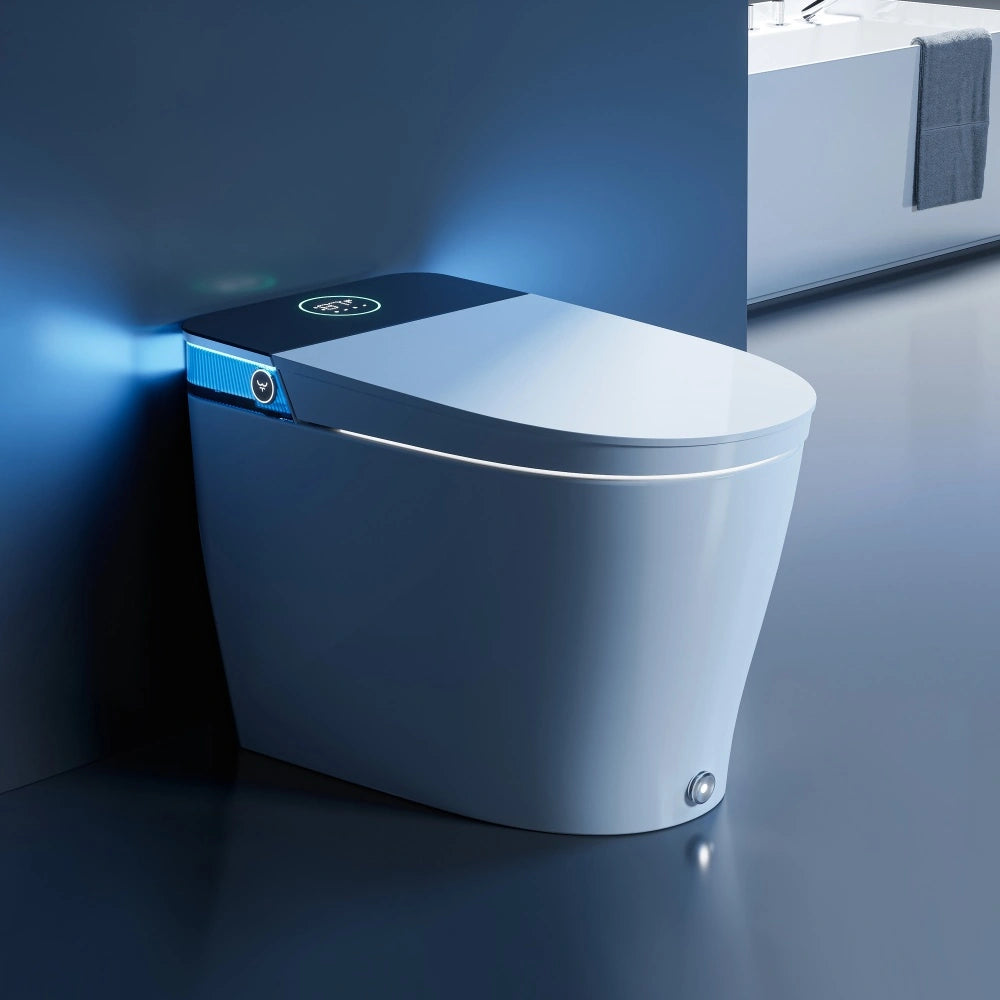
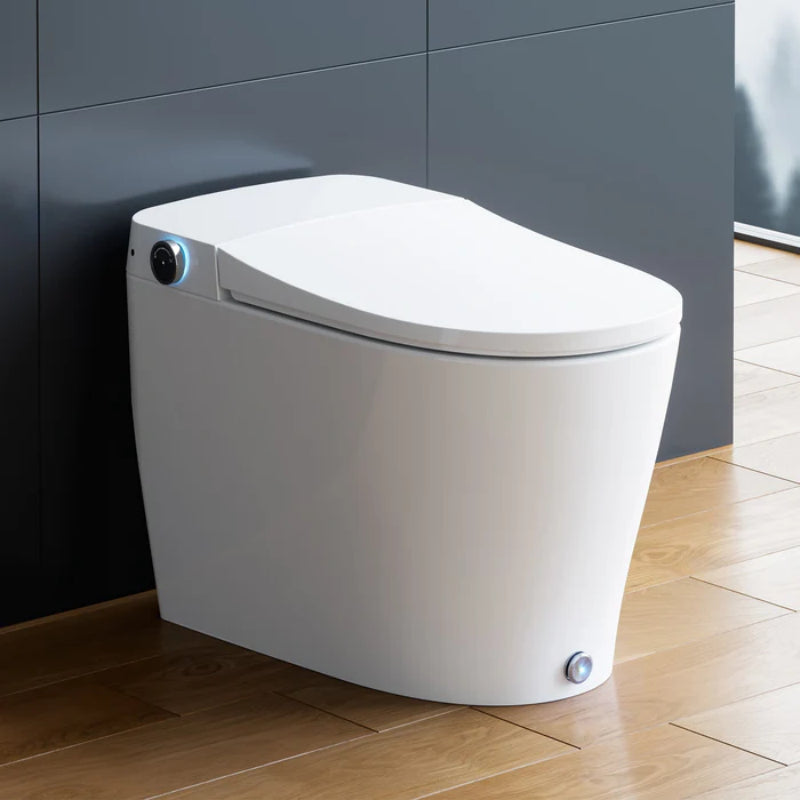
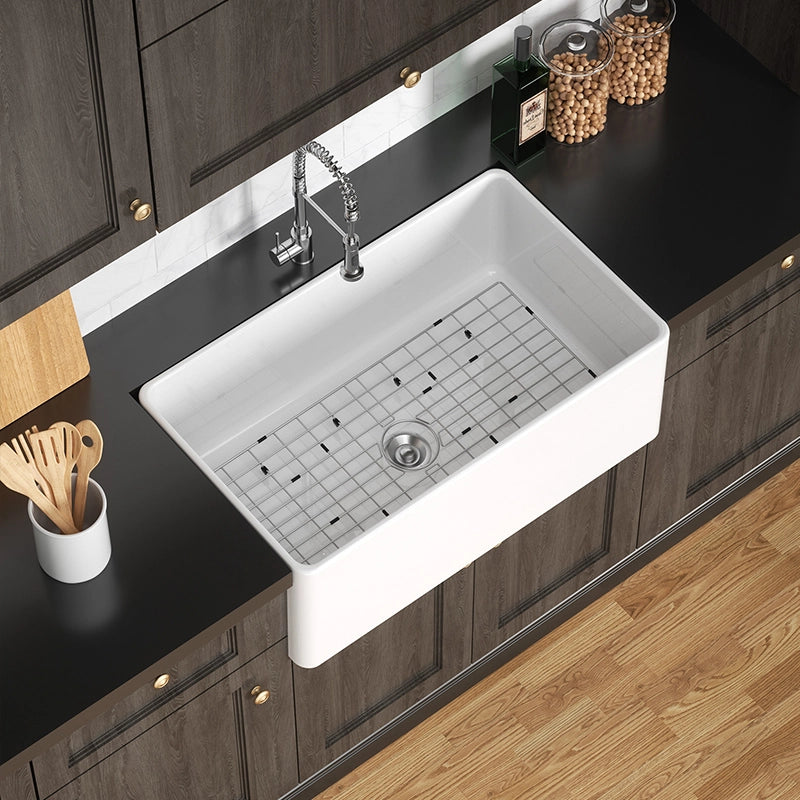
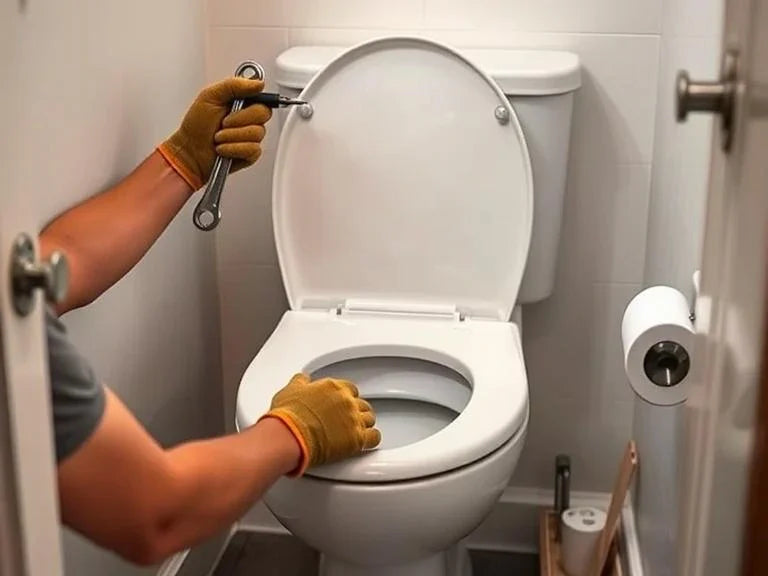
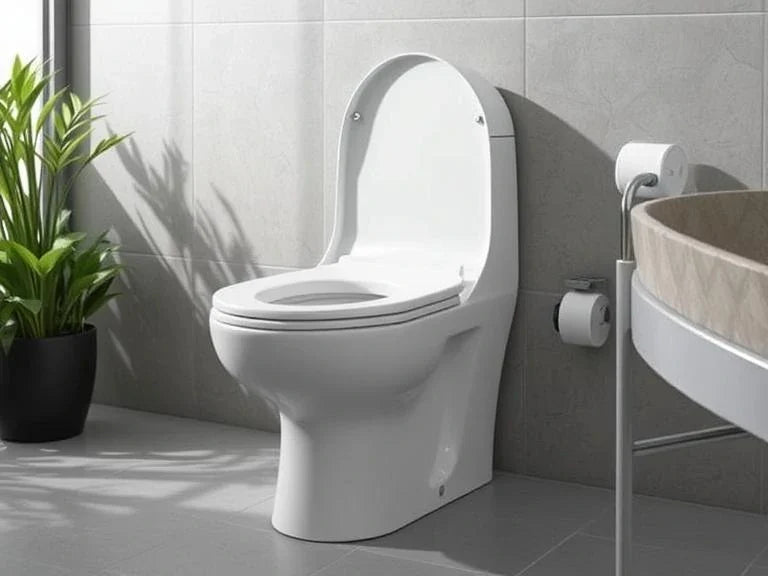
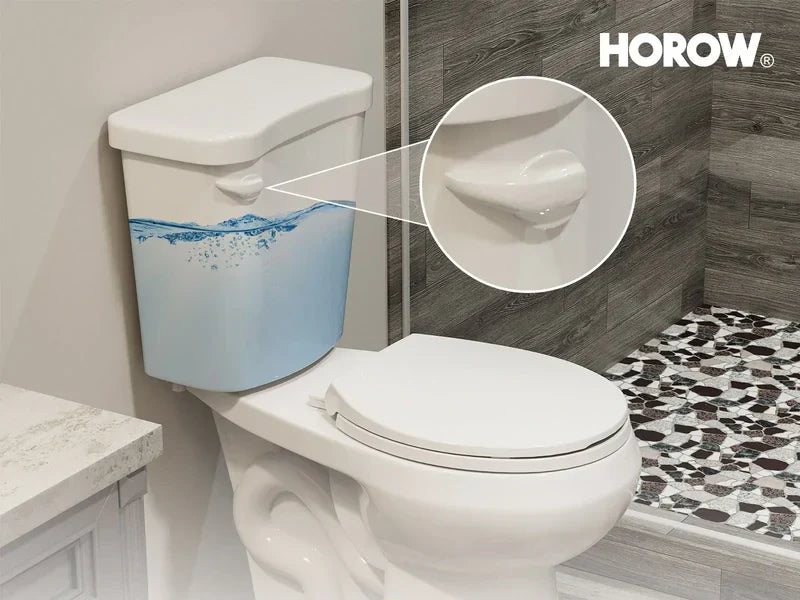

Leave a comment
This site is protected by hCaptcha and the hCaptcha Privacy Policy and Terms of Service apply.